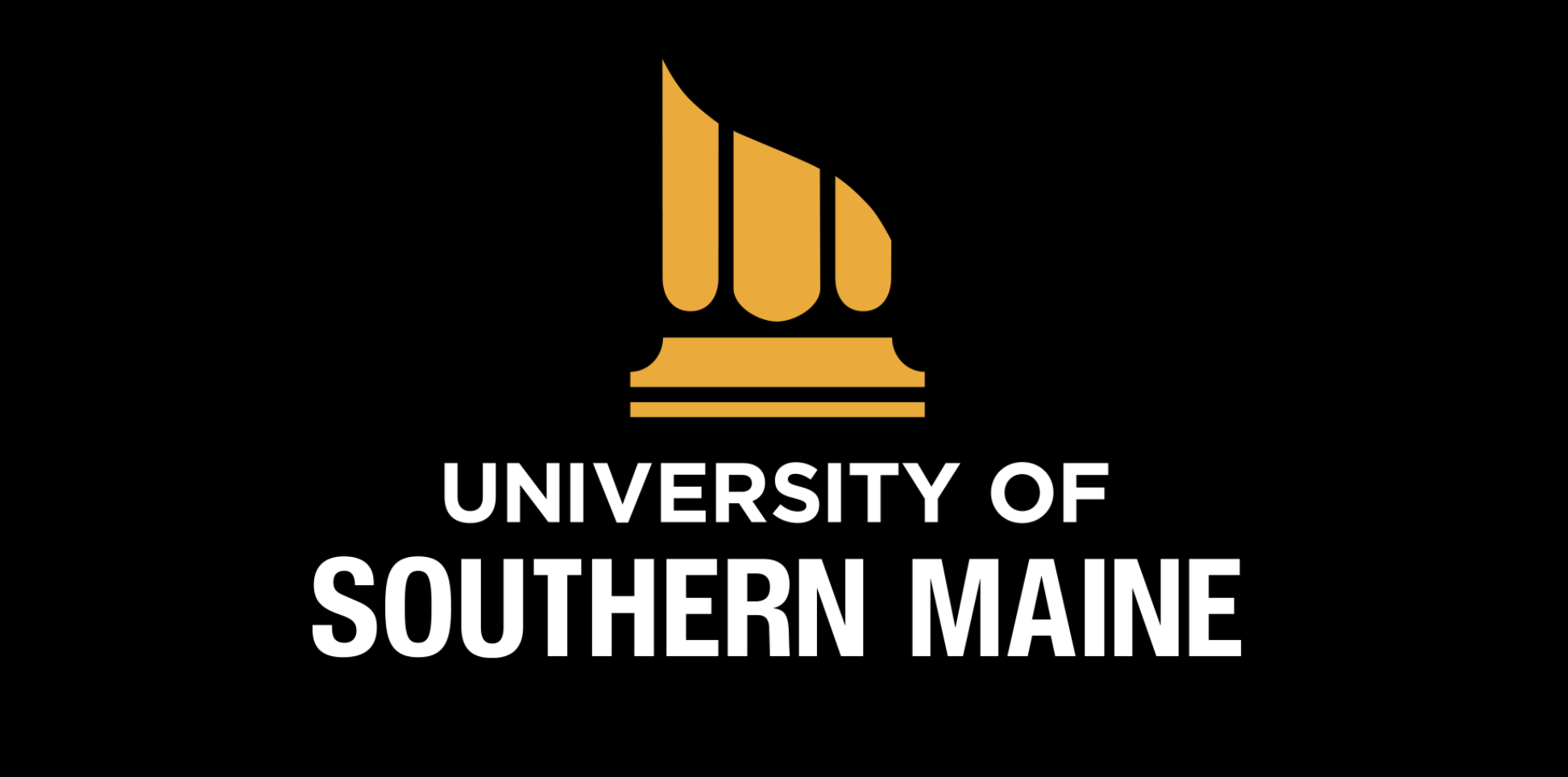
The Department of Education on Monday resumed collections on defaulted federal student loans after a more than four-year pause, while also issuing a warning to colleges and universities about their “shared responsibility” in supporting student borrowers.
“As we begin to help defaulted borrowers back into repayment, we must also fix a broken higher education finance system that has put upward pressure on tuition rates without ensuring that colleges and universities are delivering a high-value degree to students,” said Education Secretary Linda McMahon in a statement. “For too long, insufficient transparency and accountability structures have allowed US universities to saddle students with enormous debt loads without paying enough attention to whether their own graduates are truly prepared to succeed in the labor market.”
Collections had been paused since March 2020 due to the COVID-19 pandemic. The reinstatement is expected to affect approximately 5.3 million borrowers who have defaulted on their federal student loans.
On Monday, the Treasury Department sent a 30-day notice to impacted borrowers informing them their federal benefits will now be subject to the Treasury Offset Program, which collects debts by garnishing federal and state payments such as tax refunds. The Education Department said these offsets will begin in June, and during the summer. Defaulted borrowers will also be informed that their wages may be subject to administrative garnishment.
In addition to resuming collections, McMahon sent a letter to colleges and universities reminding them of their obligations under Title IV of the Higher Education Act of 1965. She called on institutions to “refocus and expand” their advising efforts to students and to provide “clear and accurate information about repayment to borrowers through entrance and exit counseling.”
“Although borrowers have the primary responsibility for repaying their student loans, institutions play a key role in the Department’s ongoing efforts to improve loan repayment outcomes, especially as the cost of college set solely by institutions has continued to skyrocket,” McMahon said.
The Higher Education Act requires schools to maintain “low” default rates, and McMahon warned schools could “lose eligibility for federal student assistance” if default rates exceed 40 percent in a single year or 30 percent over three years.
“[W]e strongly urge all institutions to begin proactive and sustained outreach to former students who are delinquent or in default on their loans to ensure that such institutions will not face high [default rates] next year and lose access to federal student aid,” McMahon said.














